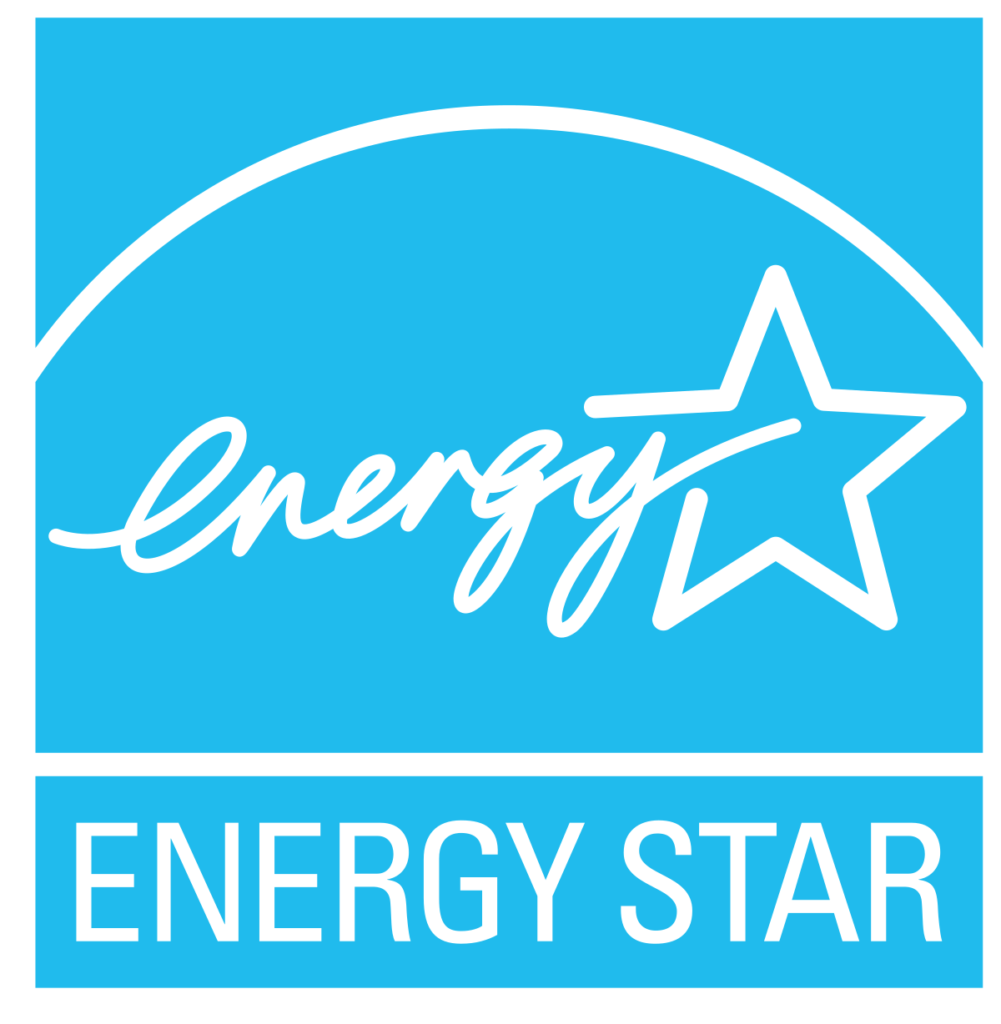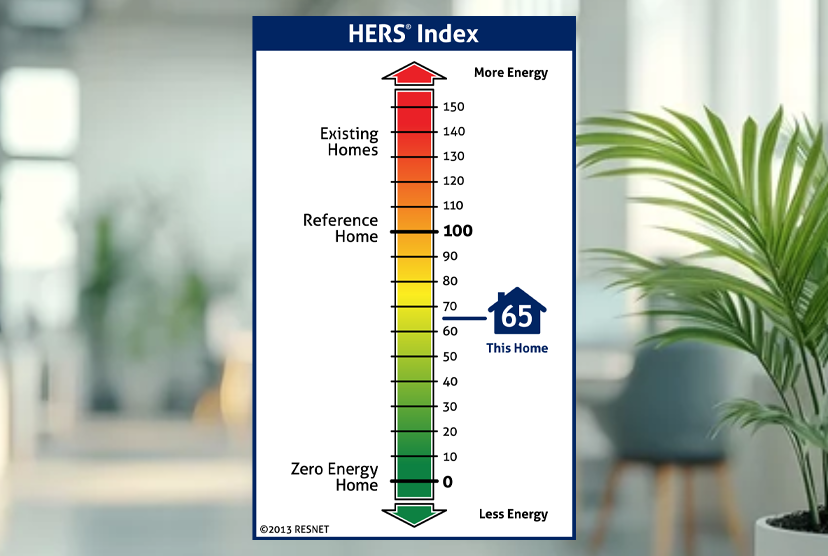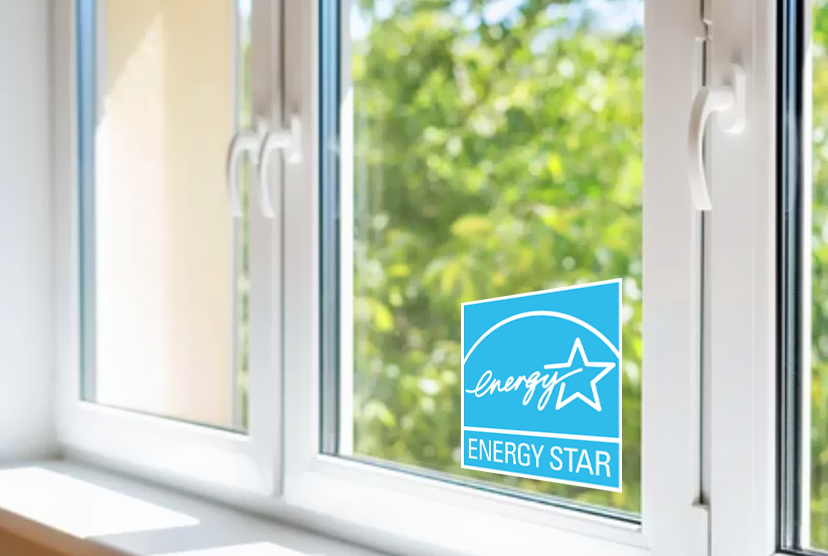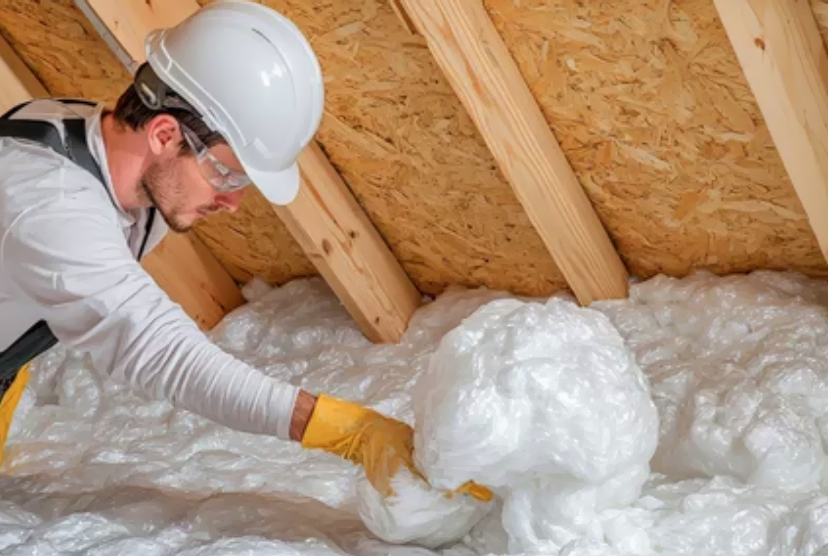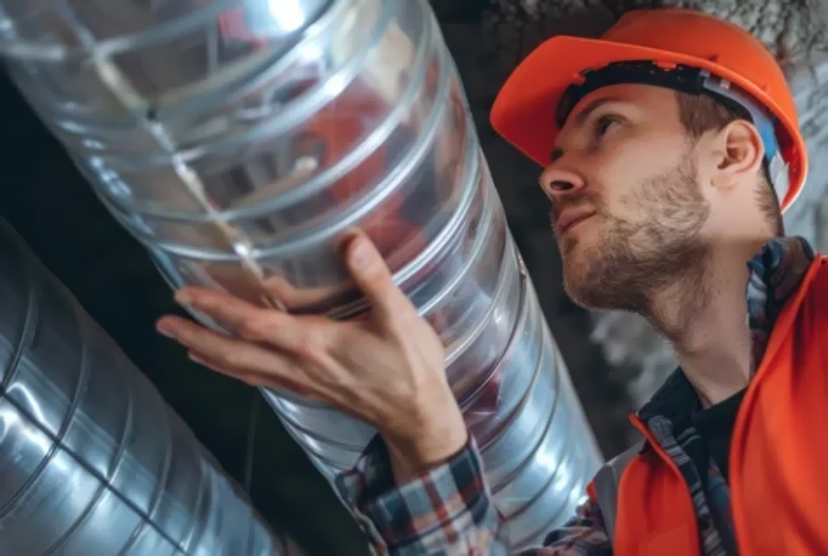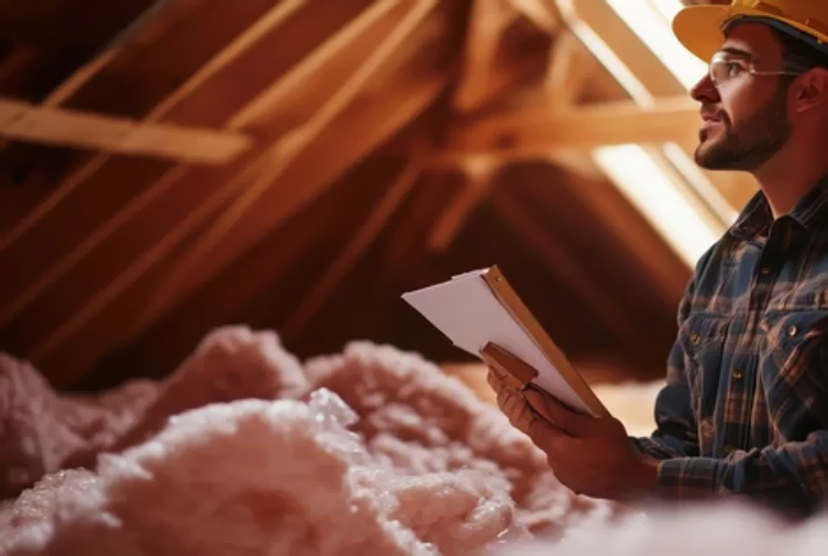Frequently Asked Questions
How do you test a blower door?
A blower door is a diagnostic tool to determine a building’s airtightness. By measuring the extent to which air can flow into and out of a building, the blower door makes it possible to quantify a building’s airtightness. The test is performed by hanging the blower door frame in a doorway and attaching the door panel to the frame. Once the door panel is sealed, the blower door fan is turned on, and the pressure within the building is monitored. The extent to which air can flow into or out of the building is then calculated based on the change in pressure. Blower doors are essential for diagnosing building tightness and ensuring that homes and other structures are adequately sealed.
Is a blower door test worth it?
The test provides valuable information about the building envelope’s ability to resist air leakage, which can lead to energy loss, drafts, and other problems. In addition, the results of the test can be used to determine where air sealing and/or insulation improvements are needed.
While a blower door test is not required by code, it is highly recommended for new construction and major renovations. The test cost is typically around $300-500, but can vary depending on the size and complexity of the building.
What does a blower door test check?
A blower door test is a diagnostic tool used to assess the airtightness of a building envelope. The test involves mounting an airtight frame with a calibrated fan in an exterior door opening. The fan is used to pressurize or depressurize the interior of the building, and the resulting air movement is measured to determine the airtightness of the building envelope. The test is repeated at different pressures to ensure accuracy.
How long does it take to do a blower door test?
A blower door test typically takes 30 minutes to one hour to complete. The time required can vary depending on the size and type of home, as well as amount of required observation by the technician performing the test. However, most homeowners can expect the entire process to take no longer than 2 hours.
Can you be inside during a blower door test?
The answer is yes. You can be inside the house during a blower door test. The test involves sealing all doors and windows, then running a large fan in the front door. This depressurizes the house, which makes it easier to find air leaks. Individuals can walk around the home and feel for where the air leakage is coming from.
How hard is it to pass a blower door test?
This depends on how well your home is insulated and air sealed. If your home is not well insulated or has a lot of leaks, it can be quite difficult to pass a blower door test. However, if your home is well insulated and airtight, it should be relatively easy to pass a blower door test. Either way, it is always a good idea to consult with a professional energy auditor before attempting to perform a blower door test.
What is a good blower door test score?
It depends on what climate zone the dwelling is located in to meet code compliance. If in climate zone 0-2, the required result is 5.0 ACH (air changes per hour). If in climate zone 3-8, the necessary result is 3.0 ACH. Please check in with our energy team to learn about which climate zone your project is in.
Are energy audits worth it?
Yes, energy audits are definitely worth it! Here are three reasons why:
1. Energy audits can help you save money on your energy bills.
2. Energy audits can help you find ways to reduce your carbon footprint.
3. Energy audits can help you improve the overall efficiency of your home or business.
What are the three types of energy audits?
1. Whole-house/building energy audits
2. Systems energy audits
3. Equipment energy audits
What does an energy audit do?
An energy audit is an inspection, survey, and analysis of energy flows to reduce energy costs and consumption. It covers all forms of energy used in a facility, such as electricity, natural gas, oil, water, and solar.
The auditor will first assess the energy usage of the facility to identify where there are opportunities for energy efficiency improvements. They will then recommend measures to reduce energy consumption and costs. These measures may include installing more efficient lighting, heating, and cooling systems, or improving the insulation of the building.
What gets tested in an energy audit?
An Energy Audit will test the energy efficiency of your home, and make recommendations for improvements. The auditor will look at your home’s:
-Heating and cooling systems
-Insulation
-Windows and doors
-Ventilation
-Appliances
-Lighting
-Water heating
-Other factors that affect energy use
What is acceptable duct leakage?
The answer to this question depends on several factors, including the climate, the type of insulation, and the purpose of the ductwork. IECC required that a duct system should not have more than 4% leakage.
How does a duct leakage test work?
Duct leakage testing is performed to measure the airtightness of HVAC ductwork. This type of testing is important because leaks in the ductwork can lead to decreased efficiency of the HVAC system, as well as increased energy costs.
To perform a duct leakage test, a fan is used to pressurize the ductwork and a calibrated manometer is used to measure the pressure differential across the ductwork. The test is typically conducted at two different pressures, typically -0.1 and -0.4 inches w.c. (water column).
The results of the duct leakage test are reported as a CFM (cubic feet per minute). 4% duct leakage per 1,000 sq feet result is what would pass IECC code.
How do you check for duct leaks?
To check for duct leaks, you will need to do a few things. First, you will need to make sure that all of the registers in your home are clean and unobstructed. Next, you will need to inspect all of the ductwork in your home for any signs of damage or leaks. Finally, you will need to test the ductwork for air tightness.
If you find any leaks in your ductwork, you will need to repair them as soon as possible. Leaks in your ductwork can lead to a loss of heating and cooling efficiency, and can also lead to higher energy bills.
How do you fix a leaky duct?
If you have a leaky duct, the best way to fix it is to seal the leaks with mastic or metal tape. You can also use a sealant that is compatible with your duct material. Once you have sealed the leaks, make sure that the area around the duct is well-ventilated so that the mastic or tape can dry properly. Consult with our team at LSEE and we will help determine if the leak is repairable.
How long is ENERGY STAR certification?
Most products that have earned the ENERGY STAR label are certified for a period of two years. Some product categories have different certification periods. For example, computers and monitors must be recertified every three years to maintain their ENERGY STAR status.
What makes a building ENERGY STAR certified?
To earn the ENERGY STAR label, a building must perform in the top 25 percent of similar buildings nationwide for energy efficiency and meet strict energy efficiency performance standards set by the U.S. Environmental Protection Agency (EPA). ENERGY STAR certified buildings use an average of 35 percent less energy than typical buildings and generate 35 percent fewer greenhouse gas emissions.
What does it mean to be ENERGY STAR qualified?
To be ENERGY STAR qualified means that a product meets or exceeds the energy efficiency guidelines set forth by the Environmental Protection Agency (EPA). Products that are ENERGY STAR qualified use less energy, which can save you money on your energy bill and help reduce your impact on the environment.
What does a HERS rater do?
HERS raters are certified professionals who conduct on-site evaluations of homes to assess their energy efficiency. The goal of a HERS rating is to provide builders with an accurate estimate of a home’s energy performance, as well as recommendations for improving the home’s energy efficiency.
How many HERS raters are in the US?
HERS raters are professional energy auditors who have been trained to evaluate a home’s energy efficiency. There are approximately 4,000 HERS raters in the United States. HERS ratings are becoming increasingly popular as more and more homeowners look for ways to save money on their energy bills. A HERS rating can help a homeowner understand where their home is wasting energy and what improvements can be made to increase its efficiency.
What does HERS rating mean?
The Home Energy Rating System (HERS) is the most widely used residential energy efficiency rating system in the United States. Developed by RESNET in 1995, HERS provides a relative measure of a home’s energy efficiency and carbon footprint compared to a reference home designed to meet minimum building code requirements. The lower a home’s HERS Index Score, the more energy efficient it is in comparison to the reference home.
How long does a HERS test take?
To complete a full HER rating, the rater will need to model the home on energy modeling software and perform two site visits to complete the required testing to make the calculation of the HERS rating. The testing can take anywhere from a few hours to a full day, depending on the size and complexity of the home. The number of rooms, the layout of the home, and the type of heating and cooling system all play a role in how long it takes to complete testing.
What is a good HERS score?
A good HERS score will vary depending on the climate conditions of the home’s location. In general, a score below 50 means that the home is more energy-efficient than average, while a score above 100 means that the home is less energy-efficient than average. A typical new home has a HERS score of around 85, while a typical resale home has a HERS score of around 115.
What is an IECC certificate?
The International Energy Conservation Code (IECC) is a model code produced by the International Code Council. It establishes minimum requirements for energy efficiency in new and renovated buildings. The IECC has been adopted by most U.S. states and local jurisdictions as the energy code for new construction and major renovations of residential and commercial buildings.
What are IECC standards?
The International Energy Conservation Code (IECC) is a model code produced by the International Code Council (ICC). It provides minimum requirements for energy-efficient building envelope design and thermal system sizing in order to achieve greater energy savings in residential and commercial buildings. IECC standards are adopted by states and local jurisdictions as part of their building codes.
What is the purpose of the IECC?
The IECC is a model code produced by the International Code Council (ICC) that provides minimum requirements for energy-efficient building design and construction.
The IECC is designed to be adopted and enforced by state and local jurisdictions as a means of achieving compliance with federal energy efficiency standards. The code is updated every three years through a consensus-based process involving representatives from a variety of stakeholders, including builders, code officials, architects, engineers, and manufacturers.
What energy code is Texas under?
The answer to this question depends on the specific location within the state of Texas. The majority of the state is under the 2015 International Energy Conservation Code (IECC), with a few exceptions. Many jurisdictions have adopted the 2021 IECC, and a handful of others have chosen to remain on an earlier code version.
Who uses IECC?
The International Energy Conservation Code (IECC) is a model code developed by the International Code Council (ICC). It is the most widely used code for energy efficiency in buildings in the United States. The IECC is adopted by states and local jurisdictions, typically as part of the building code.
What is information bulletin 167?
Information Bulletin 167 is a public information document released by the City of San Antonio. The document provides an overview of the city’s regulations concerning the residential energy inspections within its jurisdiction. Information Bulletin 167 is available online at the City of San Antonio’s website. Or simply google IB167 COSA and the recent document should pop up.
Am I compliant with IB 167 in San Antonio?
The City of San Antonio has adopted the IECC 2021 energy codes.
Three of the compliance paths require meeting certain mandatory provisions of the 2021 IECC, while the fourth path uses RESNET allowed by the State of Texas. Depending on which energy compliance you choose, it will determine what kind of inspections need to be added for your building permit. The Residential Energy Compliance Form (2021 IECC) is linked to Information Bulletin 167 and can be completed online as a pdf to pass those checks.
Do the IB 167 inspections apply to me?
If you are a licensed general contractor in the state of Texas, then you are required to complete the IB 167 inspection to close out permits for new home construction and additions. The IB 167 inspection is a comprehensive examination of the energy aspects of a dwelling.
What is the purpose of Information Bulletin 167?
This Information Bulletin (IB) 167, which was originally created as a customer service project by the Development Services Department (DSD), has been re-written to meet the requirements of the 2021 International Energy Conservation Code (IECC). The Information Bulletin has been updated to clarify requirements for the City of San Antonio.
Does every building in San Antonio need to be IB167 compliant?
Not every building in San Antonio needs to be IB167 compliant, but all new construction and major renovations must meet the requirements outlined in the International Building Code (IBC). The IBC is a model code that provides minimum standards for the design, construction, alteration, and repair of buildings and structures.
How do I get ENERGY STAR rating for my product?
To become ENERGY STAR certified, your product must meet certain energy efficiency criteria set by the EPA. The process begins with an application followed by a review of your product’s energy use and performance data. If your product meets the necessary requirements, it will be awarded the ENERGY STAR label.
